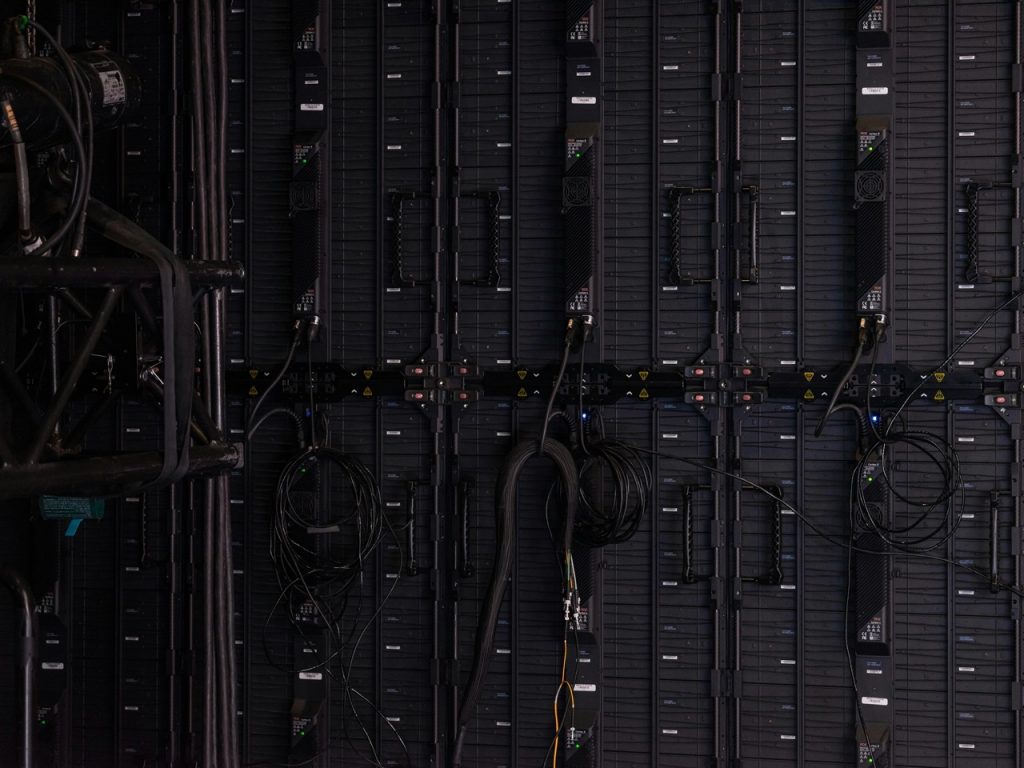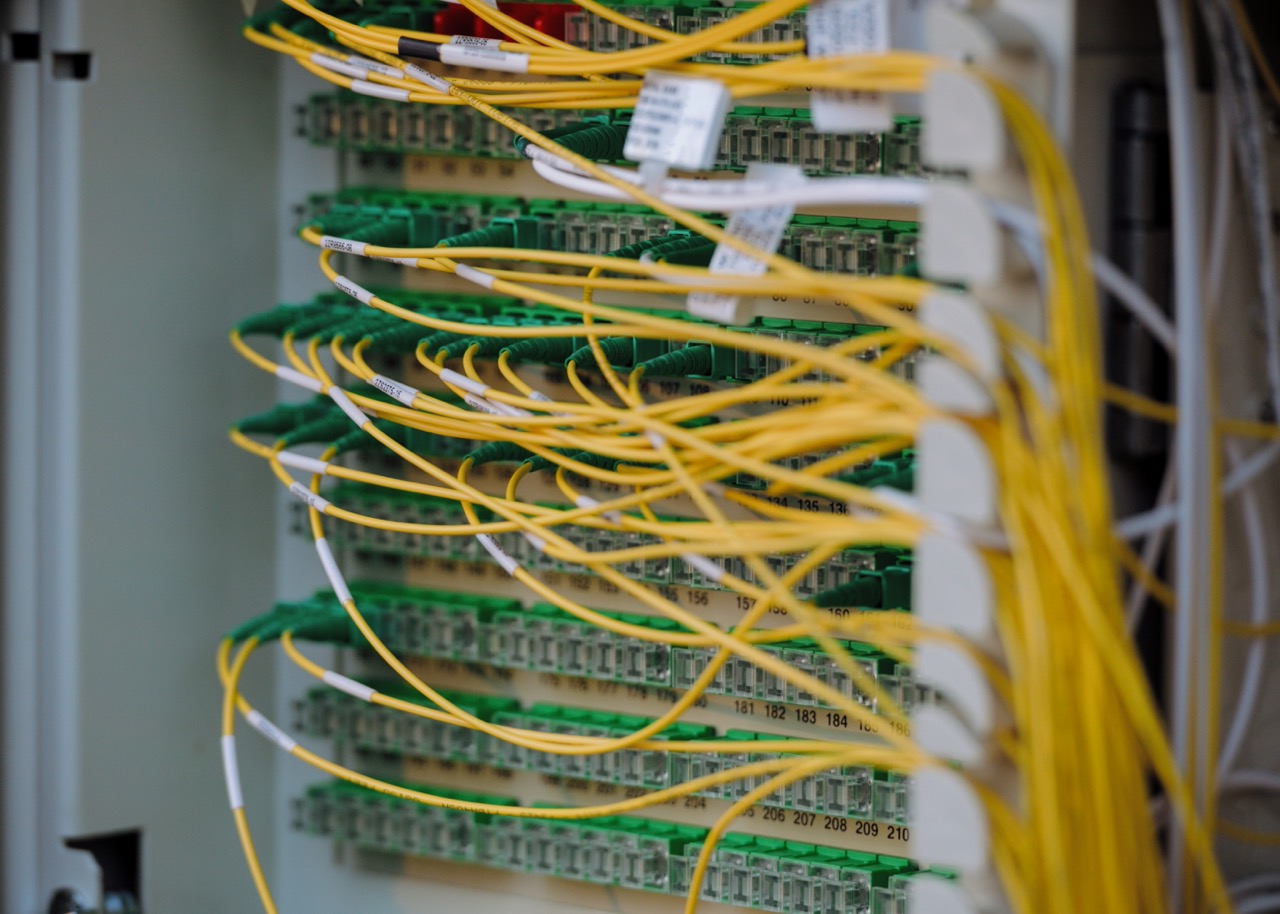1. Intro: Importance of a Secure Data Pipeline for Delivery Applications
In an economy built on the internet—where millions of orders are fulfilled every and all seconds and customer data is a business’s most prized asset—ensuring data transmission is secure and reliable via a secure pipeline is business number-one concern for any business whose business is delivery. We at Celadonsoft believe a secure, reliable data pipe is no technical checkbox; it’s the cornerstone of business prosperity and consumer trust. Secure data pipeline
The data pipeline is crucial for several reasons.
- Velocity and volume. Delivery applications today generate huge streams of data—orders, routes, payments, reviews—second by second, millions of data points must have seamless, instant, errorless handling and transport.
- Sensitivity of data. Customer contacts, payment details, and names and addresses—this is risky, highly sensitive data. Even minimal pipeline risk can mean leaks, loss of reputation, and big fines for privacy regulation breaches.
- Multi-step processing. Data moves from order initiation to DBs, microservices, partner systems, and clouds. Each of these is an area of risk and needs to be strictly controlled.
- Regulatory compliance. GDPR and CCPA, state legislation, and local regulation all require iron-tight data security and privacy protocols. Non-compliance means fines and litigation.
Here is a short table to show how secure pipelines impact business:
| Aspect | Without Security | With Secure Pipeline |
| Data Confidentiality | Identity theft, leaks | Guaranteed privacy |
| Data integrity | Loss, corruption | Data accuracy and reliability |
| System availability | Interruptions and downtime | Smooth, efficient, and continuous operations |
| Regulatory compliance | Fines and litigation | Legality and enhanced customer trust |
| Brand reputation | Lost customers, negative public opinion | Improved image, genuine market advantage |
It’s not an indulgence to have a secure pipeline—it’s an end-to-end structure of solid architecture, data encryption, authentication, and disciplined monitoring.
Celadonsoft views achieving such insight as the first and most crucial step. In these pages we present actionable guidance and templates for designing truly secure data pipes for delivery applications—minimizing risk and enabling digital business to thrive.

2. Principal Risks and Threats: Data Processing Vulnerabilities
Key risks
In applications for delivery, data is “not just information” but a mission-critical resource whose entirety needs to be secured. Data pipelines today, however, are faced with a variety of vulnerabilities with potentially devastating effects on system security and user trust.
Principal forms of risks:
- Man-in-the-middle attacks. Hackers intercept and alter messages between sender and receiver.
- Inadequate access control. Loose and undefined permission policies permit employees or systems to access more than needed.
- Misconfiguration. Inattention to server/database/network configuration too often allows sensitive data to remain
- Exploiting vulnerabilities in software/components. Hackers exploit defects in code, libraries, or other parties’ platforms.
- Leaks from unscreened integrations. Unmonitored partner APIs and services can leave “holes” in your defense.
Understanding risk is something greater than understanding threats—it is about systematically following all of a processing stream and determining and correcting each point of weakness.
3. Architectural Solutions: Architecturing a Secure Data Infrastructure
It is imperative
It begins with architecture. Celadonsoft realizes a pure end-to-end solution built specifically for delivery applications can bring genuine resiliency.
Key principles for infrastructure:
- Segregate duties & provide least-privilege access. Provide only what is necessary for each service, component, or user—nothing more. Limits internal/external compromise blast radius.
- Isolation of components. Isolate data storage and processing blocks with virtual networks, containers, or physical isolation. Reduces the attack surface and enables rapid localization of incidents.
- Multi-layer defense of networks/services—defense in depth. Firewalls, intrusion prevention and detection systems/IDS/
- Data lifecycle management integrations. Track origin, change, and movement for all data—detect suspicious activity, enforce compliance.
- IaC security automation. IaC reduces human error in configuration, streamlines deployment and speeds up threat response.
- Backup and restore. Integrated backup/restore mitigates incident impact and keeps services online.
By leveraging intelligent architecture, you create an attack-resistant, scalable and transparent data pipe—Celadonsoft’s secure, user-and-business-centric delivery systems architecture.
4. Data Encryption: Best Practices for Each Phase
In today’s delivery world with an endless flow of customer, order, and route data, data encryption just isn’t an option. We see encryption at Celadonsoft as the cornerstone for data privacy and integrity. To avoid a “pipeline in public view,” have a layered defense at each point.
What matters most?
- In-transit encryption. All data among clients, servers, and third-party APIs must utilize secure protocols. TLS 1.3 is a minimum—protects from eavesdropping and tampering.
- Encrypt data at rest. Clouds and servers, and Databases: encrypt all personal and sensitive data with strong cryptography (we recommend AES-256). Payment and PII data should have this for storage.
- Key management. Who holds the keys is equal in importance to the lock:
- Where practicable, utilize hardware security modules (HSMs) or cloud key management (KMS).
- Rotation of keys periodically, through automated means.
- Least-privilege—restrict access to who/what can
- Security via DevOps encryption. Encrypt and authenticate security at all points of CI/CD—misconfigured SSL or outdated ciphers are an open door for attackers.
5. Authentication & Authorization: Building Secure Access Controls
Authenticating and authorizing are guarding against unauthorized access to the data delivery pipelines. Everything else is patchwork without them, and Celadonsoft puts them at its core.
Neon
- Multi-factor authentication (MFA). Verification by user or service by code or biometric is obligatory. MFA disables most credential attacks.
- RBAC (role-based access control). Define permissions very precisely so users/systems only get what is needed. Reduces malice or error risk.
- Adaptive authentication. Assess risk at logon (geo, device, behavior)—Add additional security if it is needed based on context.
- Single sign-on (SSO). For large multi-service deploys, SSO balances convenience and security, both simplifying security and administering users.
- Regular auditing and periodical reviews. You can ensure your access policies meet privacy/business needs only with continual monitoring.
These controls should all be well integrated into your pipeline architecture so lag and performance degradation can be avoided. Celadonsoft prefers OAuth 2.0 and OpenID Connect—universal, secure, and scalable.
Secure access control and advanced encryption = make your delivery app data secure and operations smooth. We’ll next show how staff training and monitoring complete this defense, giving you complete security at all levels.
6. Monitoring and Audit: Leveraging Analytics for Incident Detection and Prevention
For data pipelines in today’s delivery, monitoring and audit are not add-ons—they’re essentials. Celadonsoft’s goal: deploy analytical systems that identify anomalies in real time.
Centralized log files document everything—service-to-service data transfers, user authentication, etc.
- Alerts for suspicious behavior patterns: failed login attempts, abnormal traffic from unknown geographical sources, and others.
- Machine learning identifies abnormal system behavior beyond manual discovery.
- Robust audit trails ensure chronological tracking of every event.
Ongoing data and infrastructure auditing discovers weaknesses prior to their discovery by attackers and ensures compliance assurance. We recommend:
- Quarter-by-quarter reviewing access/security policies.
- Utilization of change-control methods for documenting all config adjustments, with rapid rollback whenever it is needed.
- Applying forensic technology for thorough analysis of incidents, expediting recovery.
7. Team Training: Why Awareness for Teams
Secure Pipelining is less of a technology issue—it is an issue of people. Celadonsoft has discovered that employee training investments always pay off. Why?
Human error is always the weakest link. One error can leak or expose data.
- Developers, engineers, and managers are enabled by security fundamentals to make risk-reducing decisions.
- Continual training—phishing simulations, training sessions, and active case walkthroughs—builds a
How to Motivate Your Team
- Offer ongoing, rather than one-time, training.
- Use real delivery industry examples to maintain relevance.
- Establish internal problem-solving and knowledge-sharing spaces.

8. Partner Collaboration: Secure Data Exchange Effective Strategies
In delivery ecosystems, data sharing among couriers, warehouses, clients, and third-party services is unavoidable. Here, trust and security—Celadonsoft’s top priorities—are a must.
Recommendations
Implement standard protocols: HTTPS/TLS, OAuth2, JWT to avoid interception and tampering.
- Data minimization: publish only essential items, and nothing superfluous.
- Approval/Verification of all transfers of data to prevent errors or wrongful disclosure.
Process is just as crucial as technology.
- Establish strong security SLAs with partners.
- Collaborate and share cybersecurity best practices audits.
- Implement DLP (Data Loss Prevention) to prevent leaks outside of a trusted network.
9. Technology in Action: Emerging Technologies for Making Pipelines Safer
It’s constantly evolving—the following is how it works for Celadonsoft:
- Orchestration and containerization (Kubernetes, etc.) for containerizing microservices and preventing propagation of attacks.
- Secure/secret management (HashiCorp Vault, AWS KMS) for secure key storage and key management.
- Automation of security testing at the development stage with CI/CD and SAST & DAST for detecting vulnerabilities
- Real-time threat visibility and rapid responses with SIEM systems.
10. Conclusion: Progressive Safeguards for Delivery Data Pipelines
Today’s delivery applications require both reliability and speed. Data pipeline security is no longer an indulgence, but an absolute necessity. For Celadonsoft, however, it is a future of continuous improvement—advancing innovations that protect against threats, and anticipate them.
Next-Gen Pipelines Shaped by Security Trends
- AI/ML automated capabilities. Anomaly monitoring, behavior profiling, and adaptive access are essential.
- Emerging cryptography. Homomorphic, post-quantum, and field-level methods will protect against threats tomorrow.
- Zero Trust architecture. No more “trusted perimeter”—all users and requests are authenticated, all the time.
- Increased monitoring/audit. Smart analytics and distributed ledgers enhance speed and transparency.
- Stronger partner data exchange. Uniform contracts and protocols make partner integrations less risky.
Celadonsoft’s Practical Tips
- Point solutions shun—develop an environment wherein all parts may thrive together harmoniously.
- Train teams continuously and incorporate security into corporate values.
- Incorporate DevSecOps within your dev pipeline so vulnerabilities are caught early.
- Invest in technology and products to remain ahead of changing threats and compliance obligations.
Looking Ahead Its future delivery pipelines for data are secure, auto-adaptive, and scalable—so embedded in business operations that defence is architecture rather than an afterthought. Celadonsoft vision: investment in technological innovation and a tomorrow-ready culture. Laid out with foresight and current protection, trust among users and partners multiplies—tomorrow’s biggest market advantage. Recall: an impenetrable pipeline is not a project—it’s an ongoing, progressive process. Celadonsoft is here to collaborate with you, ensuring your delivery app is ahead of the curve in a marketplace where data security keeps pace with the market.


